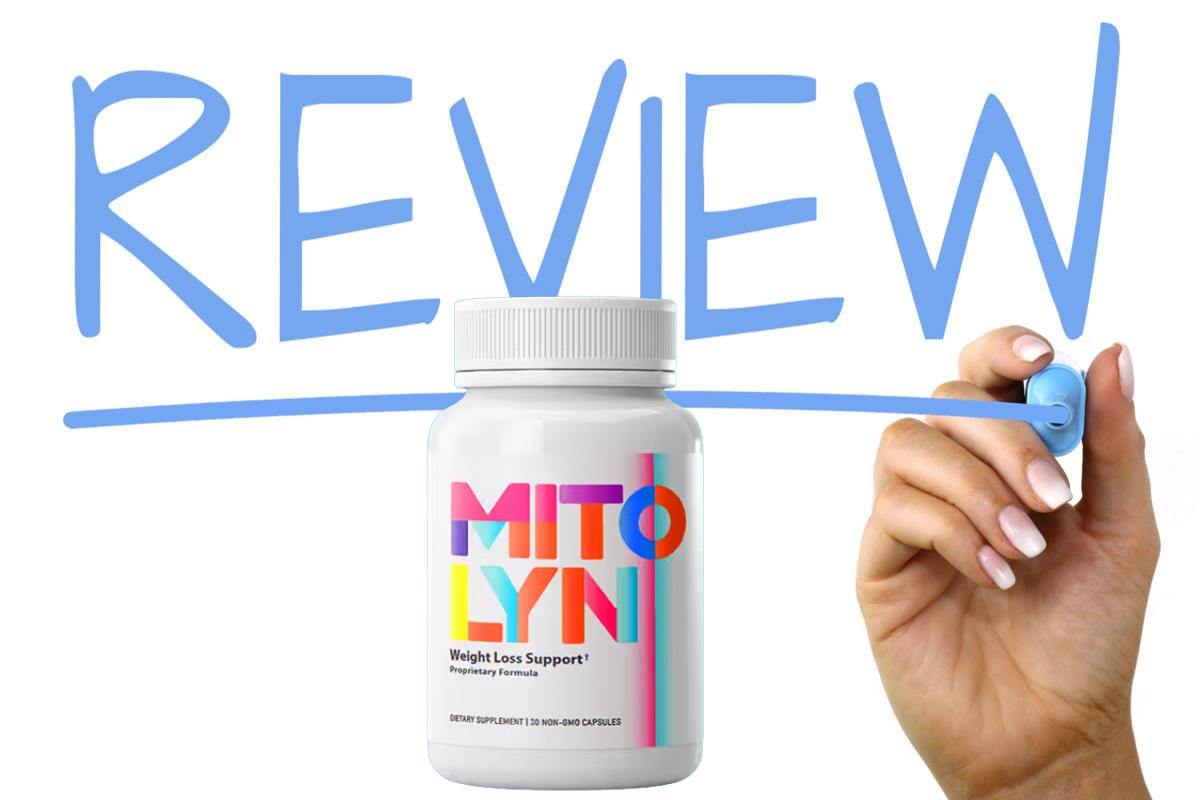As you plan for 2025, it’s essential to understand how Medicare premiums are set to increase. With Part B premiums projected to reach around $170 and Part D averaging about $35, these changes could greatly impact your budget. Factors like rising healthcare costs and an aging population are driving these increases. What does this mean for your healthcare expenses and coverage choices? Let’s take a closer look at the implications.
Overview of Medicare Premiums
When you consider Medicare premiums, it’s essential to understand how they’re structured and what influences their rates. Medicare has different parts, each with its own premium costs.
Part A typically doesn’t have a premium for most people, while Part B requires a monthly premium based on your income. Additionally, Part D, which covers prescription drugs, has varying premiums depending on the plan you choose.
Factors like income, enrollment periods, and changes in healthcare costs can all impact what you pay. It’s also important to note that premiums can change from year to year, so staying informed helps you budget effectively.
Understanding these elements empowers you to make better decisions regarding your Medicare coverage and financial planning.
Historical Trends in Medicare Premium Increases
Understanding the current structure of Medicare premiums sets the stage for examining how these costs have evolved over time.
Over the past decade, you’ve likely noticed a steady increase in Medicare premiums. In 2011, the standard premium was about $96.40, while by 2023, it rose to approximately $164.90.
This trend reflects various economic factors, including healthcare inflation and adjustments in government funding. You might recall that some years saw sharper increases due to changes in Medicare coverage and benefits.
While the exact percentages have varied, it’s clear that anticipating future hikes is essential for budgeting your healthcare costs. Keeping track of these historical trends can help you prepare for what lies ahead in 2025 and beyond.
Factors Influencing Premium Changes for 2025
As the landscape of healthcare continues to evolve, several key factors are poised to influence Medicare premium changes in 2025.
First, rising healthcare costs, including hospital services and prescription drugs, can greatly impact premiums. You should also consider the demographic shifts, as an aging population may lead to increased demand for services, driving up costs.
Additionally, changes in federal funding and policies surrounding Medicare will play an essential role in determining premium rates. Market competition among private insurers offering Medicare Advantage plans can also affect overall pricing strategies.
Finally, advancements in medical technology and treatments may lead to higher expenses, which could be passed on to beneficiaries through increased premiums. Staying informed about these factors will help you anticipate changes.
Projected Premium Rates for Medicare Part B and Part D
Projected Medicare premiums for Part B and D are set to rise in 2025, impacting millions of beneficiaries. For Part B, you can expect the monthly premium to increase to around $170, up from $164.90 in 2024. This increase reflects rising healthcare costs and adjustments in service coverage.
Meanwhile, Part D premiums are projected to average about $35, representing a slight uptick from the previous year. These adjustments aim to guarantee that you continue receiving thorough coverage while addressing the financial demands on the Medicare program.
It’s important to stay informed about these changes, as they can notably affect your budget and healthcare planning for the year ahead.
Impact of Cost-of-Living Adjustments on Premiums
The increase in Medicare premiums for 2025 will likely be influenced by cost-of-living adjustments (COLA) that aim to keep pace with inflation.
These adjustments can directly affect your monthly premiums, as they’re designed to guarantee that benefits maintain their purchasing power. If Social Security recipients receive a COLA, it often leads to higher Medicare premiums, especially for Part B.
You might see an increase in your out-of-pocket expenses if the COLA doesn’t cover rising healthcare costs. It’s essential to stay informed about these adjustments, as they can impact your budget and financial planning.
Understanding the correlation between COLA and Medicare premiums can help you anticipate changes and prepare accordingly for your healthcare expenses.
Strategies for Managing Increased Healthcare Costs
Though rising healthcare costs can be intimidating, there are several strategies you can employ to manage these expenses effectively.
First, review your Medicare plan annually to verify it meets your needs and budget. Consider switching to a plan with lower premiums or copays if it offers comparable coverage.
Take advantage of preventive services covered by Medicare to stay healthy and avoid costly treatments later. Don’t forget to explore generic medications, which can greatly lower your prescription costs.
Additionally, establish a health savings account (HSA) to set aside funds for potential expenses.
Finally, maintain a healthy lifestyle through diet and exercise, as this can help reduce your overall medical costs in the long run.
Resources for Medicare Beneficiaries
While maneuvering through Medicare can feel overwhelming, numerous resources are available to help beneficiaries make informed decisions.
The official Medicare website is a great starting point, offering detailed information on coverage options, costs, and enrollment periods. You can also call 1-800-MEDICARE for personalized assistance.
Local State Health Insurance Assistance Programs (SHIPs) provide free, one-on-one counseling to help you understand your choices. Additionally, community organizations often host workshops and seminars to educate beneficiaries.
Online forums and social media groups can connect you with others traversing similar challenges, providing valuable insights and support.
Preparing for Future Changes in Medicare Coverage
As you prepare for future changes in Medicare coverage, staying informed about potential adjustments to premiums and benefits is crucial.
Keep an eye on official announcements from Medicare and the Centers for Medicare & Medicaid Services. Sign up for newsletters and follow relevant websites to receive updates directly.
Consider reviewing your current plan annually to verify it meets your needs.
If you anticipate changes in your health or financial situation, think about how these might impact your coverage options.
Don’t hesitate to reach out to a Medicare counselor or financial advisor for personalized advice.
Conclusion
As you prepare for the projected Medicare premium increases in 2025, it’s essential to stay informed and proactive. Keep an eye on the changes in Part B and Part D premiums, and consider reviewing your current plans to guarantee they still fit your needs. By understanding the factors influencing these costs and implementing strategies to manage your healthcare expenses, you can navigate these adjustments with confidence. Remember, staying prepared today can lead to better financial health tomorrow.














